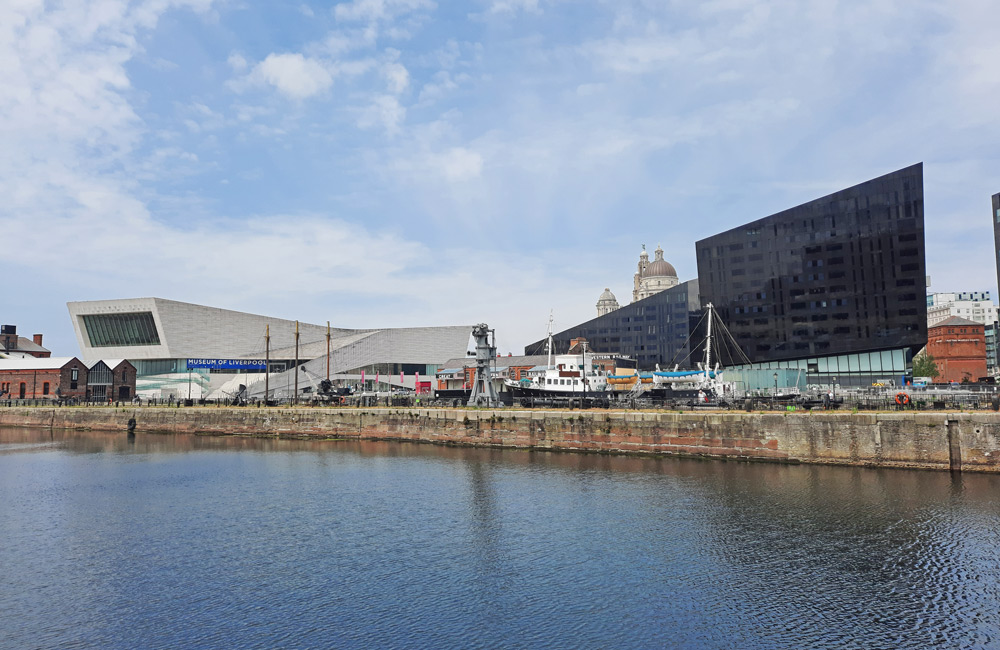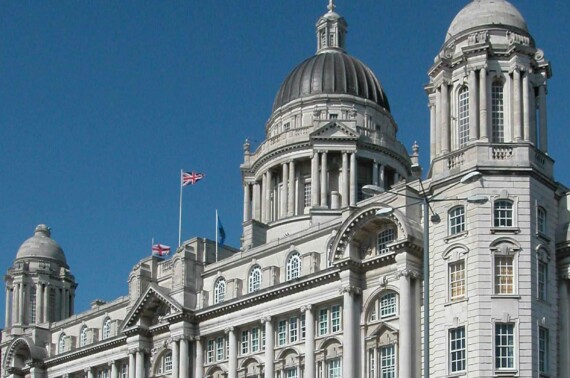Donald Insall Associates part of winning Liverpool Waterfront Transformation team

Insall is proud to be providing heritage consultancy services as part of the winning Liverpool Waterfronts Transformation competition team comprised of a collaboration between architects Asif Khan Studio, Sir David Adjaye OBE, Mariam Kamara and artist Theaster Gates.
Launched in April 2021 by National Museums Liverpool, the Canning Dock competition sought to find an innovative and creative solution to reimagine Liverpool’s historic Waterfront and respond to its unique history. The winning project intends to use sensitive design to bring the history of the slave trade to the forefront of the public realm experience, and the team will work with Liverpool’s black communities to ensure that they are represented. Part of the development will also include creating accessible recreational routes in the area, including pedestrian links to the Canning Dock, as well as a public art strategy.
The foremost and critical benefit of this competition-winning scheme is the reinvigoration of the Graving Docks for the entire community – breathing new life and activity into the currently underused and forgotten part of Liverpool waterfront. Our research has found that like much of the dockside the Graving Docks have been subject to continuous change over the course of their life – from the daily turnover of people, ships and goods through to more long-term strategic change as the historic use of the docks adapted and then fell away with its incorporation into a museum. Allowing people to enter into the Graving Docks will enable them to engage with, learn about, and even challenge the Waterfront’s structures and their historic uses.
The competition site comprises the public realm and buildings surrounding the disused Canning Graving Docks. It is strategically located between Canning Dock, which opened in 1737 as Liverpool’s first Dry Dock, and the now-infilled Manchester Dock, and operated as a commercial, industrial and administrative hub – with strong links to the international slave trade and Britain’s other colonial exploits – for almost 250 years. Much like the tide that carried the ships in, the fortunes of Canning Dock have ebbed and flowed; resulting in a veritable flotsam and jetsam in the form of semi-derelict buildings, discarded infrastructure, and forgotten histories.

